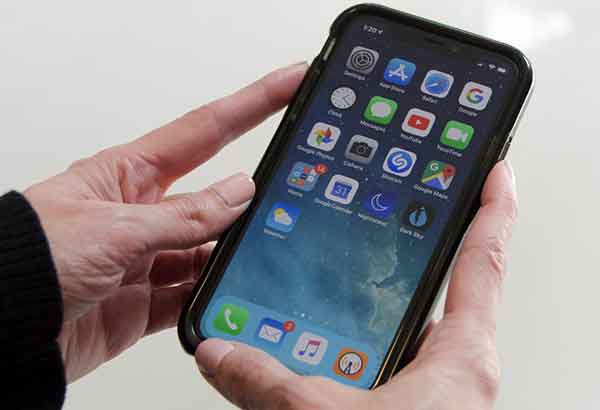How to remove virus from iPhone
Although Apple operating systems contain stringent security measures designed to protect your device, threats sometimes find ways to penetrate built-in defenses. In 2015, the XCodeGhost malware infected over 2500 iOS applications in the App Store, which results in many compromised iPhones and iPads. Despite the widespread belief that iOS devices are immune to malware, this is not the case. Fortunately, you can take steps to remove malware, viruses, or other threats from iPhone. So the risk to iPhone and iPad is very real. While iOS is generally safe and malware is rare, it can happen that cybercriminals come up with new ways to infiltrate devices every day.
Jailbroken devices run an even greater risk, because bypassing Apple’s built-in security features is essentially like leaving a gate open for hackers. A common way to infect devices is through social engineering, where criminals trick victims into doing something against their own interests. Thankfully, there is currently no ransomware for iOS, but there are spyware and there are scams that mimic ransomware. Follow our guide on how to get rid of iPhone virus. All of the following instructions assume you are using Safari; instructions vary for other browsers.
Also Read: How To Delete Photos From iPhone
How to remove viruses from iPhone or iPad
If your device has a malware infection, don’t panic. There are several methods you can try to remove iPhone or iPad virus. First, restart your iPhone. If your device starts having problems or running slowly (the first sign of some malware infections), it could be because you have too many processes running in the background. Restarting a device doesn’t eliminate the malware, but it stops these processes and can speed up your iPhone.
Restart your iPhone in three simple steps. Press and hold the power button until the knob appears Swipe to turn off. Slide the knob to the right to turn off the device. Press and hold the power button to turn on the device. On iPad, repeat all steps, but press the top button to turn the iPad off and on again. Also, the iPad takes about 30 seconds to shut down, so don’t worry if nothing happens right after you slide the knob.
Clear browsing history and cache
If you’ve restarted your iPhone or iPad and the problem hasn’t gone away, it’s time to try clearing your browsing history and cache. Whenever you do something online, your browser remembers it, including the sites you visit, the passwords you enter, and so on. Malware can also “hide” there. So, by clearing your browsing history, you wipe out all information about your online activity, preventing hackers from getting hold of it, and you can potentially remove iPhone viruses at the same time.
How to clear your browsing history and data. Select the icon Settings on the home screen. Select Safari. Select Clear history e website data. A pop-up will appear asking you to confirm the action. Touch Clear history and data. You just cleared your browsing data and history.
Read also: How to remove iPhone SIM
Restore backup to iPhone
With the iCloud backup feature, you can restore a previous backup state on iPhone or iPad, so your device will function as before the infection. Here’s how to restore your iOS device from a backup. Select the icon Settings on the home screen. Select General. Select Reset. Select Erase all content and settings. Choose between Backup, then Delete e Cancel now depending on what you want to do (the pop-ups will ask you to confirm the action and to enter your password)
Select Restore from iCloud backup when the device displays the App screen and data. Log into iCloud and choose the iCloud backup you want to restore. By following these steps, you can delete iPhone or iPad virus, assuming it got infected after the last backup.
Restore iPhone
If you have tried all these solutions and still have not managed to remove viruses from iPhone on your iOS device, a factory reset is the last resort. A factory reset deletes all your content and we mean everything. Every app, setting and configuration will disappear (except Apple’s default proprietary apps). If you have critical data or information on your device, consider first saving it elsewhere.
For a factory reset, complete all the steps from the previous method, except this time you won’t proceed to restore from iCloud Backup. Instead, you will choose Erase all content and settings. When your device restarts, you’ll have a brand new phone or iPad. This means that you will have to set up all your apps and so on from scratch.
Also Read: How To Disable iPhone Location
How to protect iPhone
Regardless of whether you’ve been hacked or not, here are several reminders on how to protect your device. Don’t jailbreak your iPhone or iPad. Jailbreaking means circumventing Apple’s built-in security features to download apps not available in Apple’s App Store. It’s not really worth the risk of getting malware and jeopardizing your personal data.
Update iOS and all your apps. With each update, software developers usually fix bugs and glitches that hackers can exploit to infiltrate your devices. Do not open email attachments from unknown sources. Hackers often email explosive files to victims, which can install malware. This is usually something as innocent as a Word or PDF document.
















